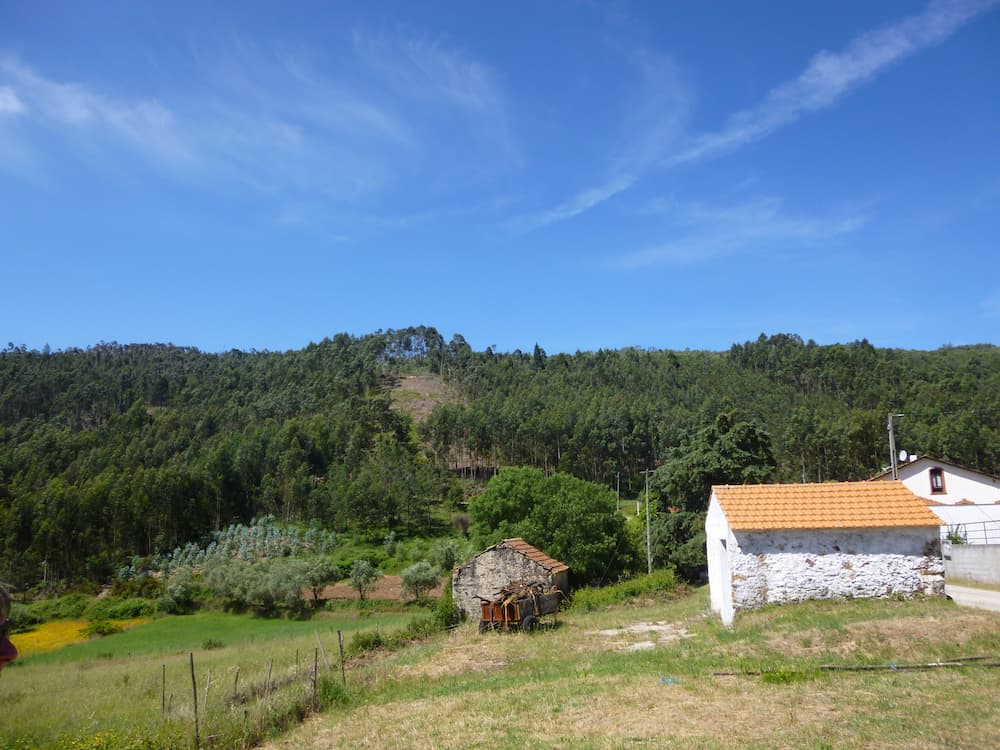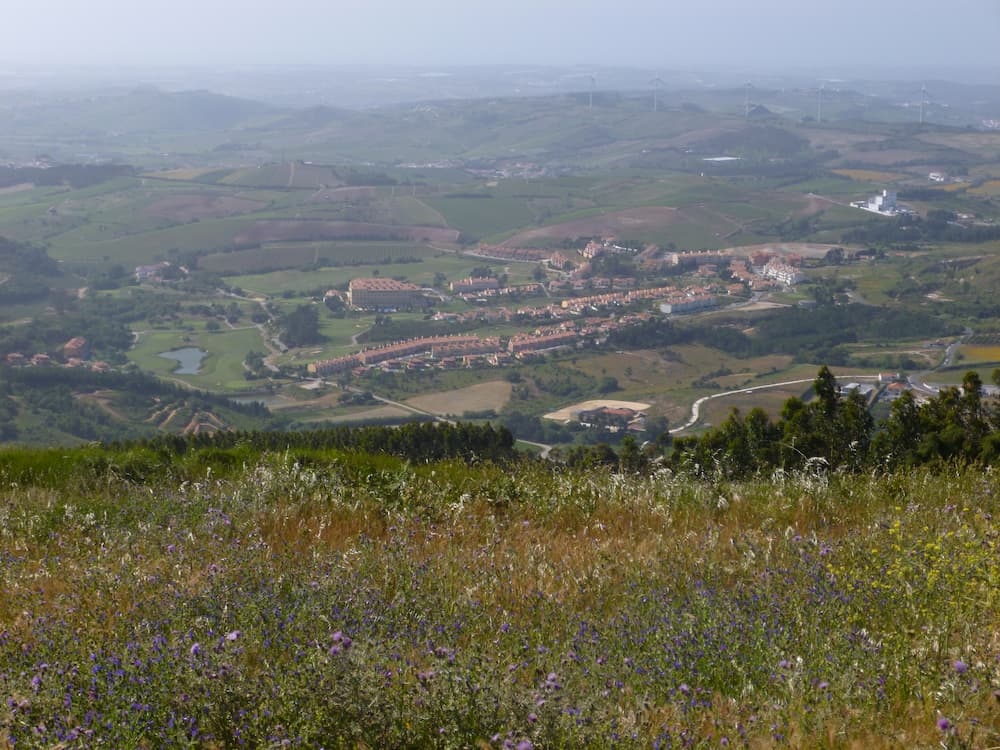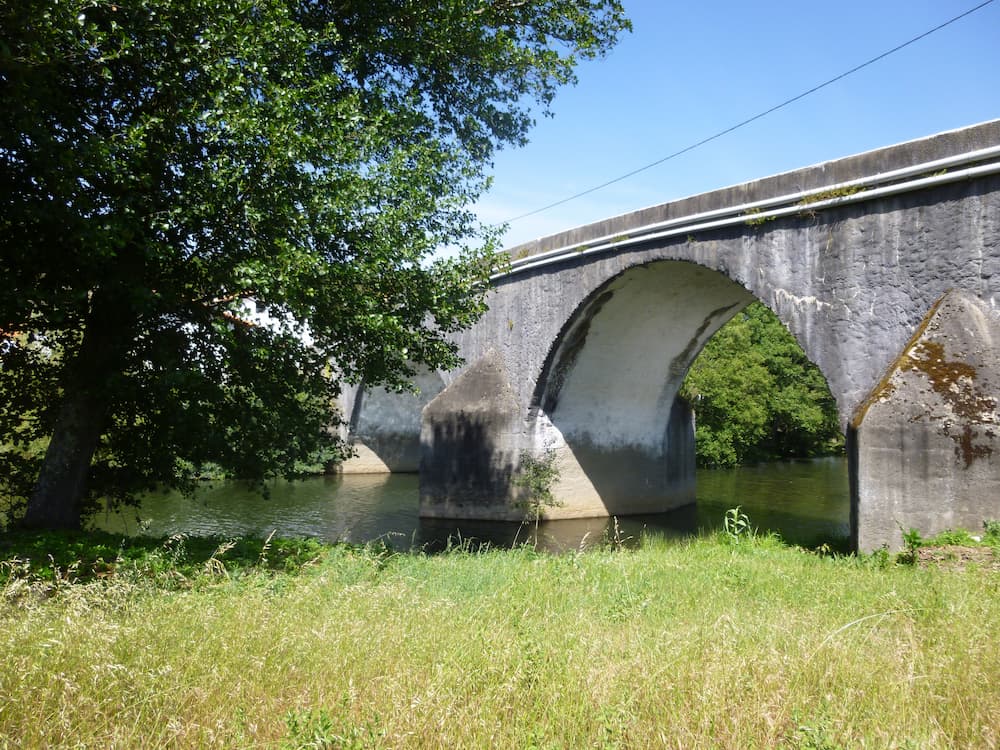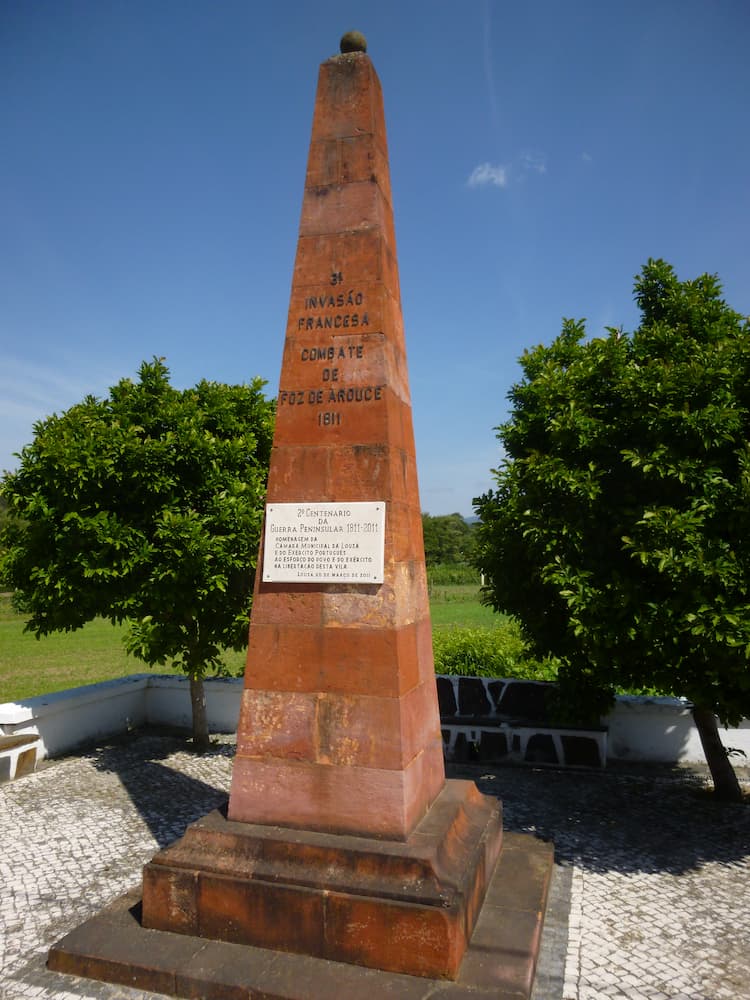The 79th Highlanders
1809 – 1811
Spring Breaks: 79th and the Lines of Torres Vedras
Continuing our series of blogs about the 79th Highlanders in the Peninsular War, and to celebrate 650 years of unbroken friendship with Portugal since the Treaty of Tagilde, this month we take a look at what the regiment were up to between 1809 – 1811.
When we last met the 1/79th in the Peninsular they were being evacuated from Spain rather ignominiously following the Battle of Corunna (see January’s blog). Shortly before his death at Corunna, the British Commander Sir John Moore had stated that Portugal could not be defended from French occupation. Arthur Wellesley, later the Duke of Wellington, believed otherwise and on the basis of his report presented to the Army Chiefs of Staff in March 1809, the Government decided that Britain should fight on. He arrived in Lisbon to take command in April.
During 1809, Wellington captured Oporto and ejected Marshall Soult from Portugal, but after a costly Allied victory at Talavera and lacking Spanish support, he retreated back across the border. Correctly anticipating a French counter invasion, he issued his Memorandum for the construction of the Lines of Torres Vedras, a 30 mile-wide line of defensive works comprising forts, redoubts and batteries built on the high ground and hills to the north of Lisbon.
The summer of 1810
In the summer of 1810 that invasion duly came, and after the border fortress town of Almeida was ripped apart when, by a tragic stroke of luck, a French shell directly hit the powder magazine, Napoleon’s Army of Portugal poured across the border before turning south towards their ultimate goal – Lisbon. Wellington fell back to a defensive holding position along the Serra de Bussaco.
Meanwhile, after spending the summer of 1810 in Cadiz, assisting the defence of the city, the 79th were relocated to Lisbon on 29th August. They were immediately despatched up country to reinforce Wellington’s army, where they were posted in the centre of the line with picquets thrown out in front of the steep slope below the Bussaco crest.
Here the Historical Record of the Queens Own Cameron Highlanders takes up the story: “At daybreak on 27th September the French columns advanced against the right of the line headed by a swarm of skirmishers who quickly drove in the advanced posts. They had almost surrounded a picquet of the 79th when Captain Neil Douglas gallantly volunteered with his company to go to its support, his timely fire checking the enemy’s advance and enabling the picquet to retire in good order. Unfortunately Captain Alexander Cameron, who had been commanding the picquet, was unable or unwilling to withdraw. He was last seen by Captain (later Lt General Sir Neil) Douglas fighting hand to hand with several French soldiers to whom he refused to deliver his sword. His body was found after the battle pierced with seven bayonet wounds”.
For the rest of the battle the 79th had a grandstand view but saw little further action as Reynier’s 2nd Corps to the North and Ney’s 6th Corps to the South fruitlessly attacked the Allied positions either side of the Highlanders. Although a British victory, it only briefly checked the French who continued their advance south via a flanking manoeuvre under the overall command of Marshal Massena.
Approaching Torres Vedras Massena soon realised that far from being just a few last-minute field-works, “the Lines” were instead a formidable obstacle to progress. Furthermore, the local inhabitants had hidden or destroyed whatever provisions they could not carry with them as they retreated behind the lines, leaving the French with little to feed their hungry army. In November Massena pulled back and dug in around the town of Santarem, whilst trying to come up with a plan.
During the ensuing winter hiatus, the 79th were assigned to Packenham’s brigade within Sir Brent Spencer’s 1st Division. In the Peninsular Journal of Major General Sir Benjamin D’Urban, he reports
that “the right is formed by Sir Brent Spencer’s Division upon the Hill of Zibriera stretching towards the Great Redoubt no.14. This Division occupies about 1000 yards”. The 79th would have felt perfectly at ease camped up here on the high ground, much like the highland hills and glens at home, and where they would have observed Wellington make the daily ride from his HQ to the redoubt to view the latest French activity.
The Final Clash
The new year arrived and Massena realised that having stripped the countryside around Santarem bare, he had no choice but to retreat, so on the 5th March 1811 the order was given. With the British well rested and springing into pursuit, several engagements with the French rear-guard occurred at Pombal (11th March), Redinha (12th March) and Foz d’Arouce (15th March).
The Historical Record continues that “Several partial actions occurred with the French rearguard, in one of which, a severe skirmish on 15th March at Foz d’Arouce, the light company of the 79th, attached to the Light Division of the army, was engaged from 4pm until dark, when the enemy was driven over the river Ceira with great loss. In this affair Lt Kenneth Cameron of the 79th captured the Lt Colonel of the 39th French Infantry and conveyed him a prisoner to headquarters. The Light Company had 2 rank and file killed and 7 wounded”.
The final clash on Portuguese soil was at Sabugal on 3rd April, after which the French withdrew across the river Coa and into Spain, never to return. Despite their losses, the 1/79th adventures in Portugal must have seemed like a pleasant Spring break compared to the ferocity of the street-by-street fighting that they were to experience the following month at Fuentes d’Onoro, but more about that in May’s blog.
By Craig Durham, Volunteer at The Highlanders’ Museum




